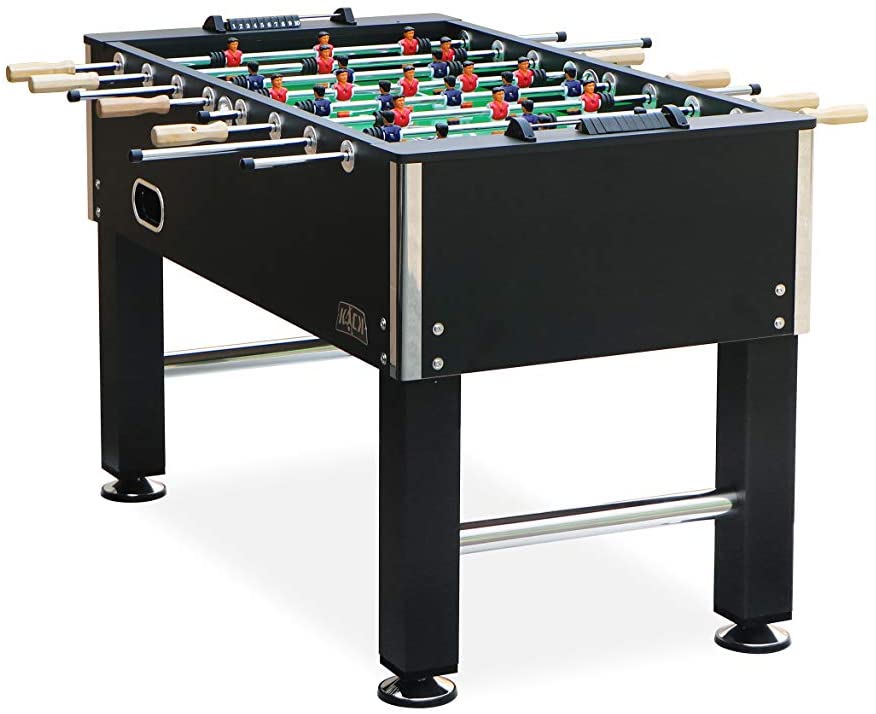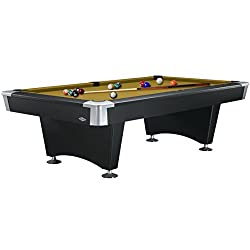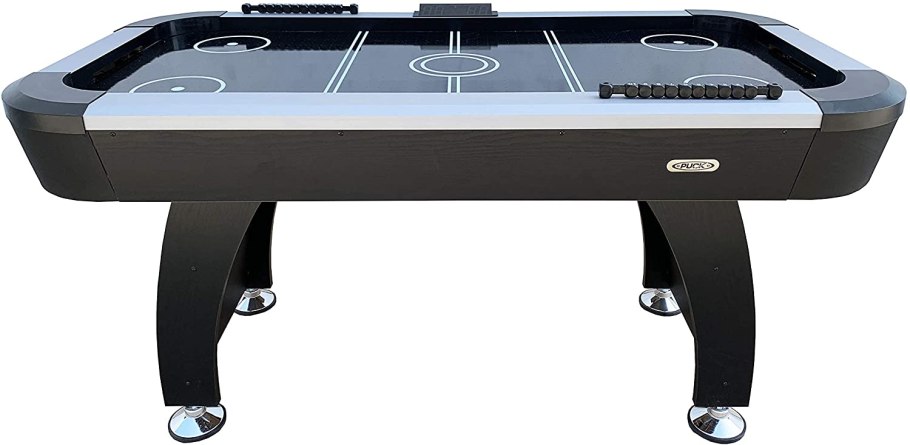How To Get Better at Pool
Tips On How To Get Better At Pool
Whether you’re looking to enter into billiards tournaments and win some serious money or just impress cute girls at your local bar, there are plenty of reasons to work on improving your pool game. But even if you fantasize about being able to sink some crazy trick shots in the future, the truth is that there’s only one way to get really good at pool: practicing. That’s right, the age-old, accurate yet unsexy adage “practice makes perfect” applies here, too. So, do you really want to get better at pool? And are you willing to put in the effort? If so, you’re in the right place. Keep reading for tips on how to become a star pool player.
Grip
The first thing you need to do to get better at pool is to go back to the absolute basics. Think you know how to grip a pool cue? Think again. Chances are pretty good that you’re holding on too tight. Because while it may seem like a harder grip will lead to more control, it’s actually the opposite. Gripping too tight can lead to all sorts of mistakes, like raising the butt of the cue when shooting or hitting the cue ball too low.
So, instead, work on developing a loose, light grip. It should be just strong enough to pick the cue up off the table. If your pinky finger is free and the cue isn’t even touching your palm, you know your grip is loose enough. Keep it light, use some finesse, and have confidence. White-knuckling it won’t help you.
Stance
Now let’s talk about your stance, which is nearly as - if not just as - important as your grip.
Here’s what an ideal stance looks like. Keep your feet shoulder-width apart. Your back foot should be at a 45-degree angle, and your front foot should be pointing straight forward. Keep your weight equally balanced between both feet and your knees slightly bent and bouncy. You should feel comfortable and stable like you could keep your balance if somebody were to come by and nudge you.
When you go to take your shot, keep your head low, level, and stable over your cue. You can even transfer some of your weight to your bridge hand to form something of a tripod with your body, giving yourself three points of contact in order to be more stable.
It’s important to be consistent and comfortable, so practice on getting into this stance as you move around the pool table. Eventually, it will become second nature.
Alignment
Okay, we’re not done talking about your body positioning just yet. In addition to your stance, it’s also important to be mindful of your alignment. This means your head, eyes, stroking arm, and cue will all be lined up in a straight line pointing to your target ball. This is what is called the “vision center,” or when your head and eye align in a way that allows you to see the tip of your cue at the center of your cue ball.
If your alignment is off, your shot will be, too. So before you even go for the shot, make sure your body alignment is correct. Keep your head low and straight, your eyes level, and your forearm in line with the cue.
To practice your alignment, work on hitting the cue ball to the opposite corner pocket. Keep at it until you can do this while staying perfectly aligned every time.
Swing
An important, basic principle in pool is that you should be able to use your upper arm - your shooting arm - like a pendulum. This means maintaining your alignment by keeping your shooting arm still. A classic beginner mistake is moving the upper arm too much. To fix that problem, imagine your upper and lower arm working together like a pendulum. Your upper arm will stay still while your forearm will swing back, slowly and steadily, to shoot. It’s the forward part of the pendulum’s swing, not the backswing, that you’ll use to control your speed.
Pro tip: To keep your upper arm still, keep your shooting hand directly under your elbow when holding the cue. This will help you keep your shots smooth, consistent, and accurate.
Pro tip number two: This is why your grip can’t be too tight. A tight grip does not a pendulum make.
Bridge
The hand that isn’t holding your cue will be making a bridge, helping you to connect your cue with the cue ball. A good bridge is absolutely essential for getting better at pool. Without a solid bridge, your game will suffer. Ideally, your bridge will offer a good foundation that lets you move your cue back and forth smoothly, helping you achieve accurate shots over and over.
There are different bridge types you can use. Which one you choose will depend on your personal preference and the different shooting situation, but one that works best for most people is called the open bridge. Closed bridges are generally used more often by advanced players who want to use a lot of strength, speed, and spin.
If you’re a beginner with a softer shot, an open bridge is a great place to start. To achieve an open bridge, place your bridge hand on the table, cupping your handing and pressing your thumb and forefinger together to form a V. Place the cue on the V, keeping your fingers spread wide and your foundation solid. You should have enough contact between the fleshy parts of your thumb and index finger to be able to firmly rest the cue on top of and guide your shots.
Try It Out
The most important thing you can do to get better at pool is to play pool a lot. Good news: now you have an excuse to head out to the billiards bar multiple nights a week. Or, even better, buy a pool table for your home! Need some guide on how to pick the right table? We’ve got your back! Check out our pool table buying guide and move from there.
Keep working on these strategies, adjusting, and perfecting what doesn’t come to you easily. Eventually, it’ll become second nature.

 (4.8 / 5)
(4.8 / 5)

